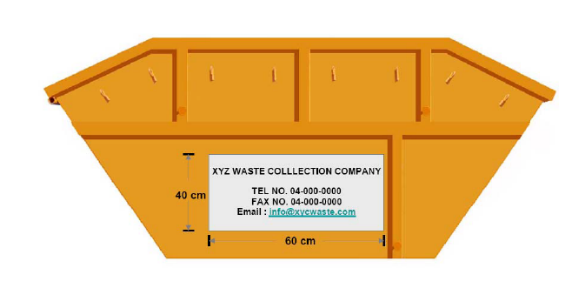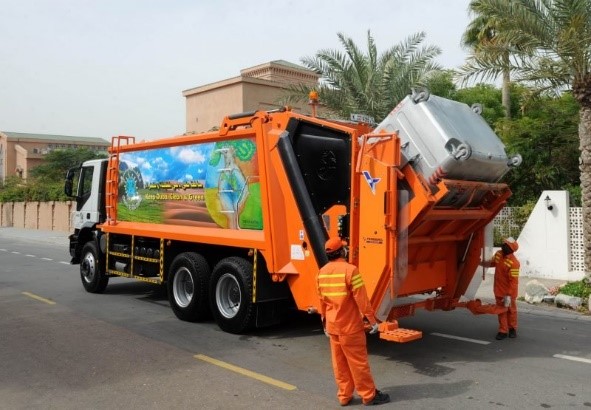Sources and types of waste |
|||||||||||||||||||||
|
Waste is classified by the Dubai Municipality as follows:
|
|||||||||||||||||||||
Waste containers |
|||||||||||||||||||||
|
|||||||||||||||||||||
Waste collection |
|||||||||||||||||||||
|
|||||||||||||||||||||
Waste segregation |
|||||||||||||||||||||
|
The separation of materials at the point of collection makes it easier and less costly for recycling facilities to process and recover. Bin Colour coding for 3 bins or more to be segregated as follows:
For further information please consult DM Guidelines:
|
|||||||||||||||||||||

Share this article

